10 Expert-Backed Tips to Get Rid of Acne Naturally and Effectively
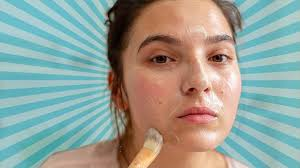
Acne isn’t just a teenage problem. It affects millions of people of all ages and skin types—and it can be persistent, painful, and emotionally distressing. If you’ve tried every cream and cleanser with little to no results, don’t worry. This guide goes beyond the basics and dives deep into science-backed, dermatologist-approved methods to help you clear your skin from the inside out.
1. Understand Your Acne Type Before Treating It
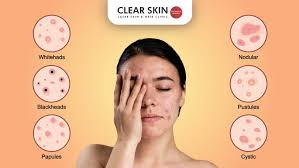
Not all acne is the same. Treating it effectively starts with identifying what kind you have:
- Whiteheads: Closed, clogged pores beneath the skin’s surface.
- Blackheads: Open clogged pores exposed to air (not dirt!).
- Papules: Small red, inflamed bumps.
- Pustules: Pimples containing pus.
- Nodules and Cysts: Large, painful, deep lumps—usually hormonal.
Why it matters: Each type requires a different approach. For example, salicylic acid works well for blackheads, while benzoyl peroxide targets pustules.
🔍 Pro Tip: Visit a dermatologist or use a smartphone skin analysis app to help diagnose your acne type correctly.
2. Keep a Consistent Skincare Routine (Less Is More)
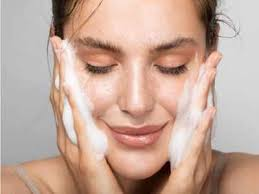
Your skin thrives on routine. Constantly switching products can worsen acne.
Ideal Routine:
- Cleanser: Gentle, non-comedogenic, pH-balanced.
- Treatment: Targeted ingredients (see next section).
- Moisturizer: Yes, even for oily skin! Opt for gel-based if you’re acne-prone.
- Sunscreen: Non-comedogenic SPF 30+ daily (even indoors).
📌 Avoid over-cleansing—twice daily is enough. Harsh scrubbing strips the skin’s barrier and triggers more oil production.
3. Use Proven Acne-Fighting Ingredients
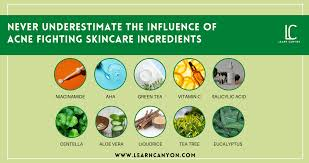
Here’s what actually works—backed by dermatologists and clinical trials:
| Ingredient | Best For | How It Works |
|---|---|---|
| Salicylic Acid | Blackheads & whiteheads | Exfoliates inside pores |
| Benzoyl Peroxide | Inflamed pimples | Kills acne-causing bacteria (C. acnes) |
| Niacinamide | Redness, oil control | Anti-inflammatory, regulates sebum |
| Retinoids | All acne types | Increases cell turnover, unclogs pores |
| Azelaic Acid | Post-acne marks | Lightens dark spots, anti-bacterial |
| Tea Tree Oil | Mild acne | Natural antiseptic, but can irritate sensitive skin |
⚠️ Warning: Don’t mix too many actives. For example, using benzoyl peroxide and retinol together can cause irritation.
4. Watch Your Diet (Yes, It Matters)

The link between food and acne is real, though individual results vary. Here’s what to know:
Foods to Avoid:
- High-glycemic foods: White bread, sugary drinks, processed snacks spike insulin.
- Dairy: Especially skim milk—linked to hormonal acne.
- Whey protein: Can stimulate IGF-1, a hormone that promotes oil production.
Foods to Include:
- Zinc-rich foods: Pumpkin seeds, lentils, cashews.
- Omega-3s: Salmon, chia seeds, walnuts (anti-inflammatory).
- Antioxidants: Berries, green tea, leafy greens.
🧪 Tip: Try an elimination diet. Remove trigger foods for 3 weeks and monitor your skin’s reaction.
5. Don’t Touch Your Face (Seriously)
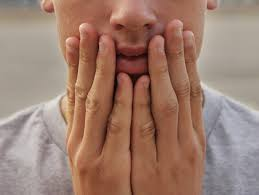
Your hands carry oils, bacteria, and dirt. Constantly touching your face or picking pimples introduces more bacteria and delays healing.
🚫 Picking can:
- Spread infection
- Lead to scarring and dark spots
- Cause deeper inflammation
✅ Instead: Use hydrocolloid patches overnight to draw out pimples and prevent picking.
6. Change Pillowcases and Towels Frequently
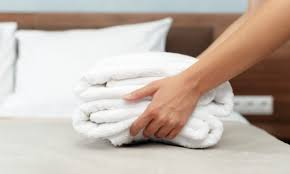
Fabric absorbs oil, sweat, skincare residue, and dead skin—turning your bed into a breeding ground for bacteria.
🛏️ Recommendations:
- Change pillowcases every 2–3 days.
- Use soft, breathable cotton or silk.
- Wash towels every 2–3 uses with fragrance-free detergent.
Bonus tip: Sleep on your back to minimize friction and product transfer.
7. Manage Stress (Your Hormones Are Listening)

Chronic stress triggers cortisol, which stimulates oil glands and leads to more acne.
💡 De-Stress Techniques:
- 10–15 minutes of daily meditation or deep breathing
- Regular exercise (but cleanse skin after workouts!)
- Journaling or talking to a friend or therapist
🎯 Science Says: High cortisol → increased sebum → more clogged pores.
8. Don’t Skip Moisturizer (Even If You’re Oily)
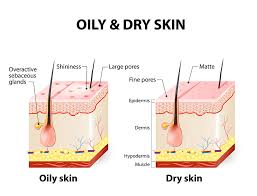
Skipping moisturizer can backfire—your skin may produce even more oil to compensate.
🧴 Best Moisturizers for Acne-Prone Skin:
- Oil-free or non-comedogenic formulas
- Look for hyaluronic acid, ceramides, or niacinamide
- Avoid heavy creams and rich butters like coconut oil
🌬️ Dry skin = compromised barrier, which allows more bacteria and irritants to enter.
9. Consider Supplements (But Wisely)
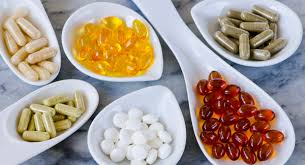
Some supplements support skin healing and hormonal balance. But not all are effective or necessary.
✅ Helpful Options:
- Zinc: Anti-inflammatory and supports immune function
- Omega-3s: Reduces inflammation
- DIM (Diindolylmethane): Helps balance estrogen in hormonal acne
- Probiotics: Improves gut health which may reduce acne
❌ Avoid biotin—while great for hair, it can worsen acne by competing with vitamin B5.
🔍 Talk to your doctor before adding new supplements, especially if you’re on medications.
10. Know When to See a Dermatologist
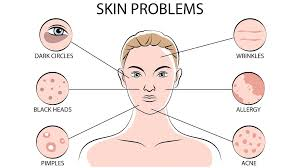
If you’ve tried everything and still struggle with painful, cystic acne, it’s time to consult a professional. Prescription treatments can be life-changing.
👨⚕️ Options include:
- Topical retinoids: Like tretinoin or adapalene
- Oral antibiotics: Short-term use for severe breakouts
- Hormonal therapy: Birth control pills or spironolactone
- Isotretinoin (Accutane): A powerful option for treatment-resistant acne
💬 Bottom line: Persistent acne is a medical condition—not a personal failure. Get the help you deserve.
Final Thoughts: Patience + Consistency = Clear Skin
Acne isn’t cured overnight. But with the right strategy and commitment, real progress is possible. Track your triggers, stick to your routine, and remember: healing isn’t linear.
👉 If you found this guide helpful, share it with a friend or bookmark it for future reference. Clear skin is a journey—and you’re not alone on it.
